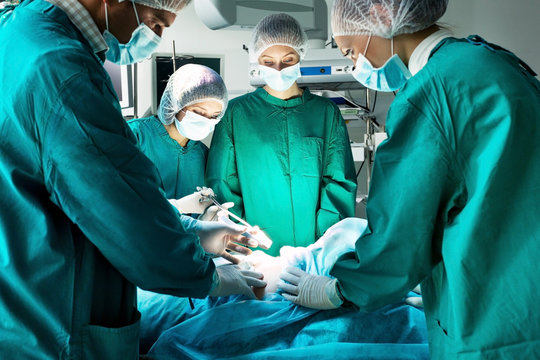In a first for medicine, doctors in China have put a pig lung, that was changed genetically, into a person. This is the first time anyone has done a pig-to-human lung transplant. The lung worked for over a week before the body started to reject it. This success could mean new ways to deal with the lack of organs for transplant. The surgery took place at Guangzhou Medical University.
This experiment takes what we’ve already learned from putting pig hearts and kidneys into people. Some pig kidneys have even worked for over a month in patients. Lungs are seen as the hardest organ to transplant because they’re so complex, so this success is a really important step.
What Scientists Are Saying
Experts worldwide are being careful but hopeful.
This is exciting and could be good, but I wouldn’t say it’s a total win yet, says Dr. Justin Chan from NYU Langone in the U.S. This is a small move in the right direction, but we still have a lot to do, adds Prof. Andrew Fisher of Newcastle University, U.K.
Why It’s Important
Each year, lots of people die while waiting for organ transplants. Lungs are super tough to get, and sadly, many don’t receive them in time. If we can make gene-edited pig lungs safe and able to be used, it could save people’s lives. This success comes after good results with pig kidneys and hearts, which have been put into humans for a short period. Lungs were thought of as the hardest thing to get right—and now scientists have shown that they might work too.
Scientists are going to keep experimenting with gene editing, hoping to create pig lungs that our bodies won’t reject.Doctors are also working on better medicines to stop the body from attacking the transplanted lungs. They’ll need to run tests for some time before trying pig lungs in people.It could still be a few years away, but the progress is encouraging.
Conclusion
That first pig lung transplant didn’t work out for long, but it’s still a big deal. It makes us think that maybe we could use animal lungs for people someday, which is something we weren’t even sure about before.This experiment opens the door for more transplant possibilities.










